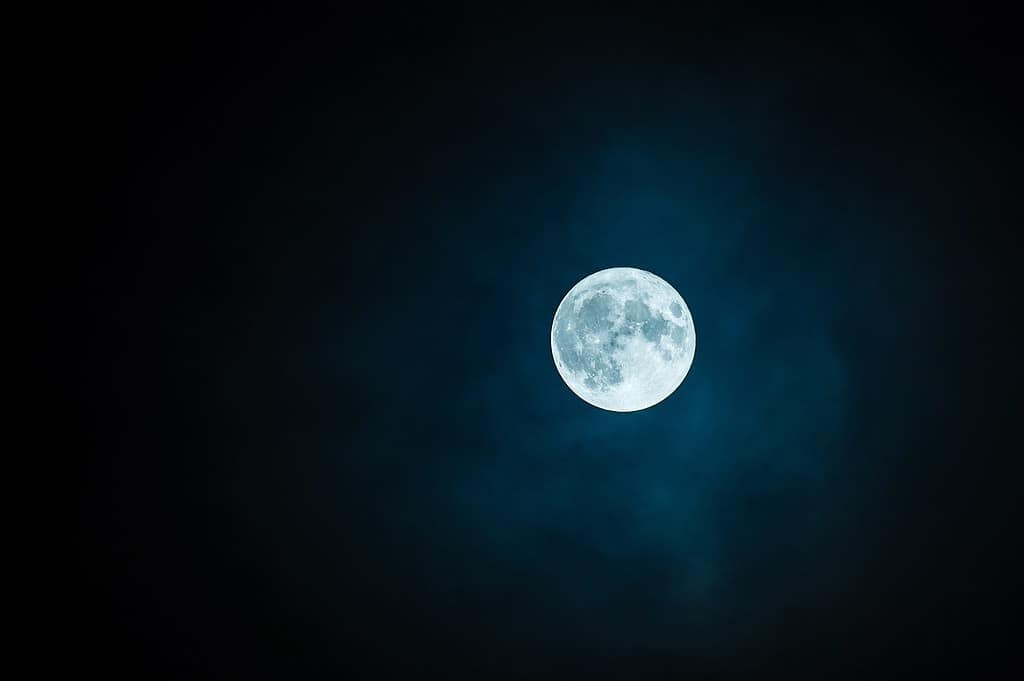China successfully launched three astronauts into space, including the first civilian, and announced the ambitious goal of landing astronauts on the moon before 2030. This marks a new era of competition with the US, as NASA also wants to send astronauts to the moon by 2025 — with its administrator comparing the space race to the Cold War era.

Lin Xiqiang, deputy director of the China Manned Space Agency, announced the 2030 time frame in a press conference and laid out plans for scientific and technical research there. He said the country is preparing for a “short stay on the lunar surface and human-robotic joint exploration” and the expansion of China’s Tiangong space station.
“Our astronauts will walk on the moon, collect samples around the landing site and perform some in situ research. This will lead off our manned missions from low Earth orbit to deep space and help deepen mankind’s knowledge about the origin and evolution of the moon and the solar system,” he said, according to state media reports.
China’s space plans
On Tuesday, China’s Shenzhou-16 spacecraft embarked on its journey from the Jiuquan center in the Gobi Desert to the Tiangong space station. This historic launch includes three Chinese astronauts and marks the first time a Chinese civilian has been sent into space – Gui Haichao, a professor from Beihang University’s School of Astronautics.
This mission, spanning five months, is the first to the Chinese space station since its full operational capability was achieved late last year. With an expected lifespan of 15 years in orbit, the station has the potential to serve as the primary permanent research facility once the International Space Station is decommissioned in 2030.
China has emerged as a big player in space exploration. The country successfully landed a rover on Mars and deployed a robotic spacecraft on the far side of the moon. Lunar exploration has been one of China’s priorities, with a joint plan with Russia to establish a research station on the moon. Construction would begin in mid-2030.
In his press conference, Xiqiang announced plans to add a module to the Tiangong space station, which now has three modules. China envisions maintaining a three-member crew on board at all times for at least a decade. The fourth module will be launched “at an appropriate time to advance support for scientific experiments,” Xiqiang said.
China appears to be willing to engage with international partners in space exploration. While NASA has said that cooperation with China depended on China, legislation approved by Congress in 2011 bans NASA from using funds from the federal budget to cooperate with China. NASA’s Artemis mission seeks to land astronauts on the moon in late 2025.
Li Yingliang, the technology director of the Chinese crewed space flight agency, said he regretted the Congress legislation. “As long as the goal is to utilize space for peaceful purposes, we are willing to cooperate and communicate with any country,” he said. NASA’s administration Bill Nelson said China will be a “very aggressive competitor” in space.






